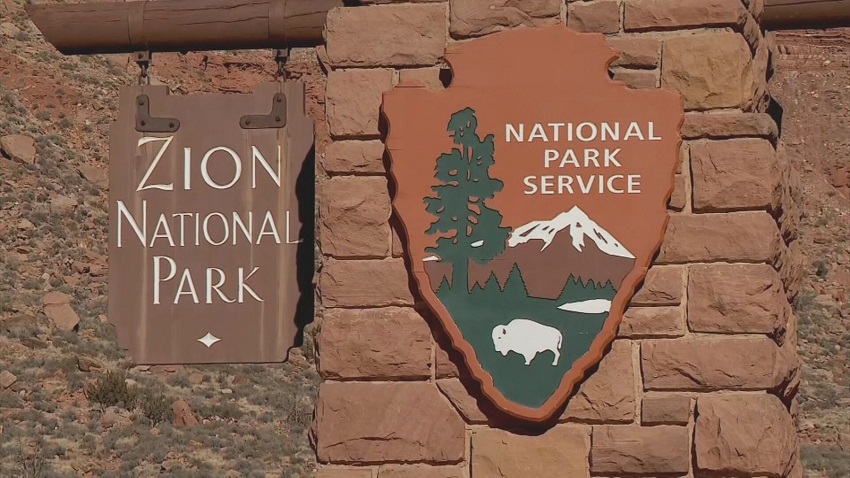Ogden, UTAH — National Parks across Utah are facing a significant staffing crisis, with numerous workers terminated earlier this year just as the busy spring and summer months approach. The layoffs, which have impacted several parks in the state, are raising concerns about the ability of the National Park Service (NPS) to provide adequate services as visitation numbers continue to climb.
In February 2025, an estimated 1,000 workers were laid off across the National Park Service, with Utah’s iconic parks taking a substantial hit. Zion National Park saw the termination of around a dozen staff members, while Bryce Canyon, Capitol Reef, and the Southeast Utah Group—including Arches, Canyonlands, Hovenweep, and Natural Bridges—each experienced layoffs of at least a few employees. Many of those let go were in key positions, such as maintenance staff, administrative roles, visitor center attendants, and rangers, leaving the parks struggling to maintain operations during peak visitor season.
Bill Wade, Executive Director of the Association of National Park Rangers, described the situation as “devastating.” Wade emphasized that many of the terminated employees had strong performance records, making the layoffs particularly difficult to understand. “The same memorandum went to every single one of them,” he explained, noting that two federal judges and the Merit Systems Protection Board later ruled that the termination process was illegal.
For parks like Zion, the layoffs came during one of the busiest months on record. Zion saw 162,438 visitors in February 2025, marking its second-highest February visitation since records began in 1979. Despite the high volume of visitors, staff reductions have put a strain on the park’s ability to handle its responsibilities, particularly in areas like fee collection, traffic control, and campground patrols. Zane Duncan, a former Zion employee who was laid off during his probationary period, reflected on the shock of the decision. “It’s just so many people have had the rug pulled out from under them in their lives,” Duncan said. He had relocated from South Carolina to work at Zion, and while disheartened by his termination, he expressed a desire to return to the National Park Service in the future.
The timing of the layoffs couldn’t have come at a worse moment, as Utah’s “Mighty Five” parks—Zion, Bryce Canyon, Arches, Canyonlands, and Capitol Reef—prepare for a surge in visitors. These parks typically experience a spike in attendance during the spring and summer months, and staffing shortages are already resulting in service cutbacks. Arches National Park, for example, has closed the Fiery Furnace area indefinitely and reduced its number of picnic tables and trash cans in an effort to minimize maintenance workloads. Other parks have similarly scaled back ranger-led programs or altered their hours of operation.
Wade has urged visitors to be mindful of potential disruptions in park services, suggesting that some parks may have limited access to amenities or staff-led activities. At Great Basin National Park, located just across the Nevada border, ranger-led tours of Lehman Caves are now only available on a walk-up basis, and many parks are relying on local emergency responders for search and rescue operations due to the shortage of park staff.
Although the National Park Service is hiring seasonal workers to fill some of the staffing gaps, the delayed hiring process and the temporary nature of these roles present long-term challenges. Wade warned that once these seasonal workers are let go at the end of their assignments, the parks could face even deeper staff shortages, further hindering the visitor experience. “The problem becomes what happens when all of those seasonals or temporaries are terminated,” Wade said. “We’re back to an already understaffed park staff in many cases, and the visitors are really going to start to see it.”
As the National Park Service struggles to recover from the staffing crisis, Wade and other advocates are calling on the public to take action. They encourage visitors and concerned citizens to voice their concerns to elected officials in hopes of securing funding and policy changes that could help restore staffing levels and ensure the continued preservation and enjoyment of the nation’s most treasured parks.

